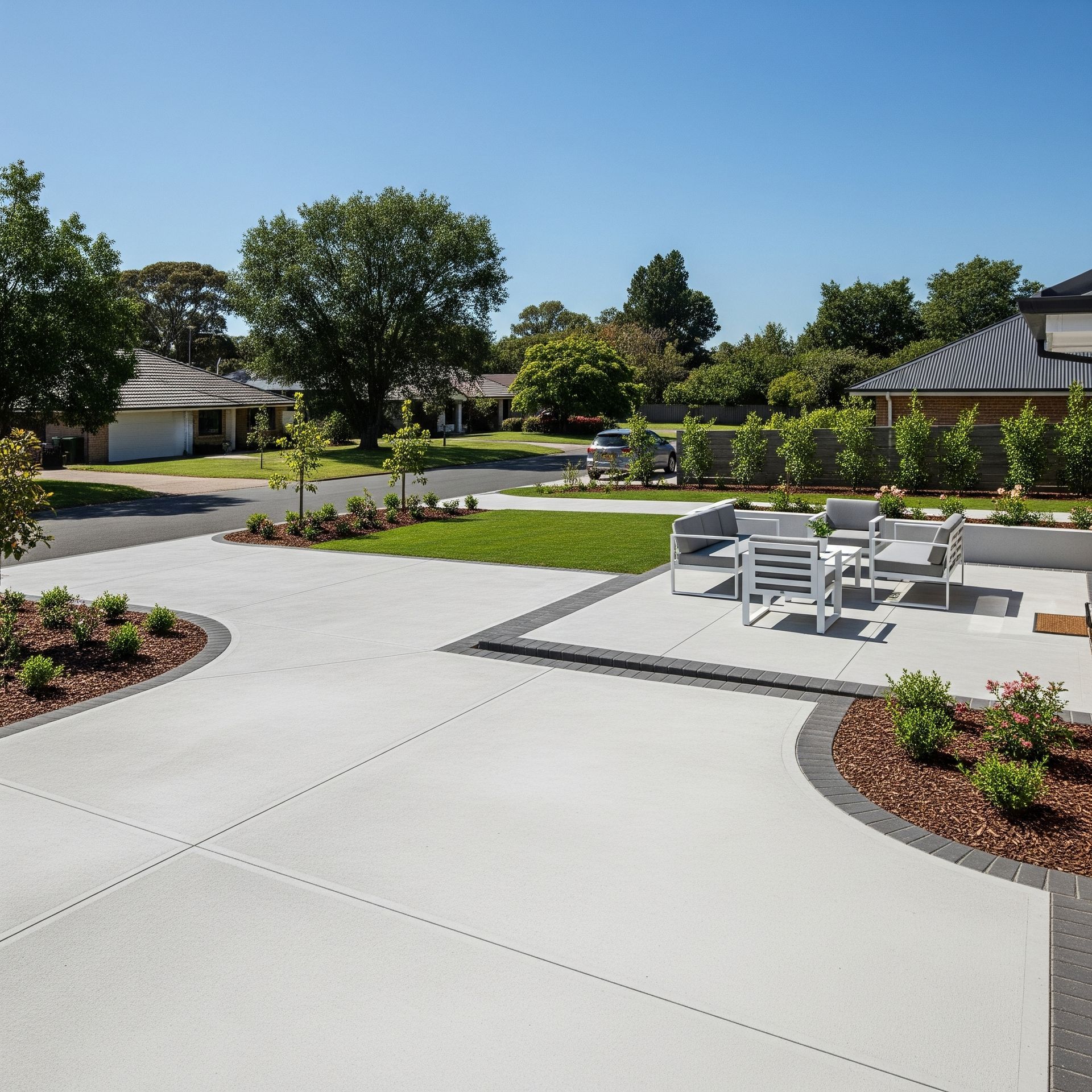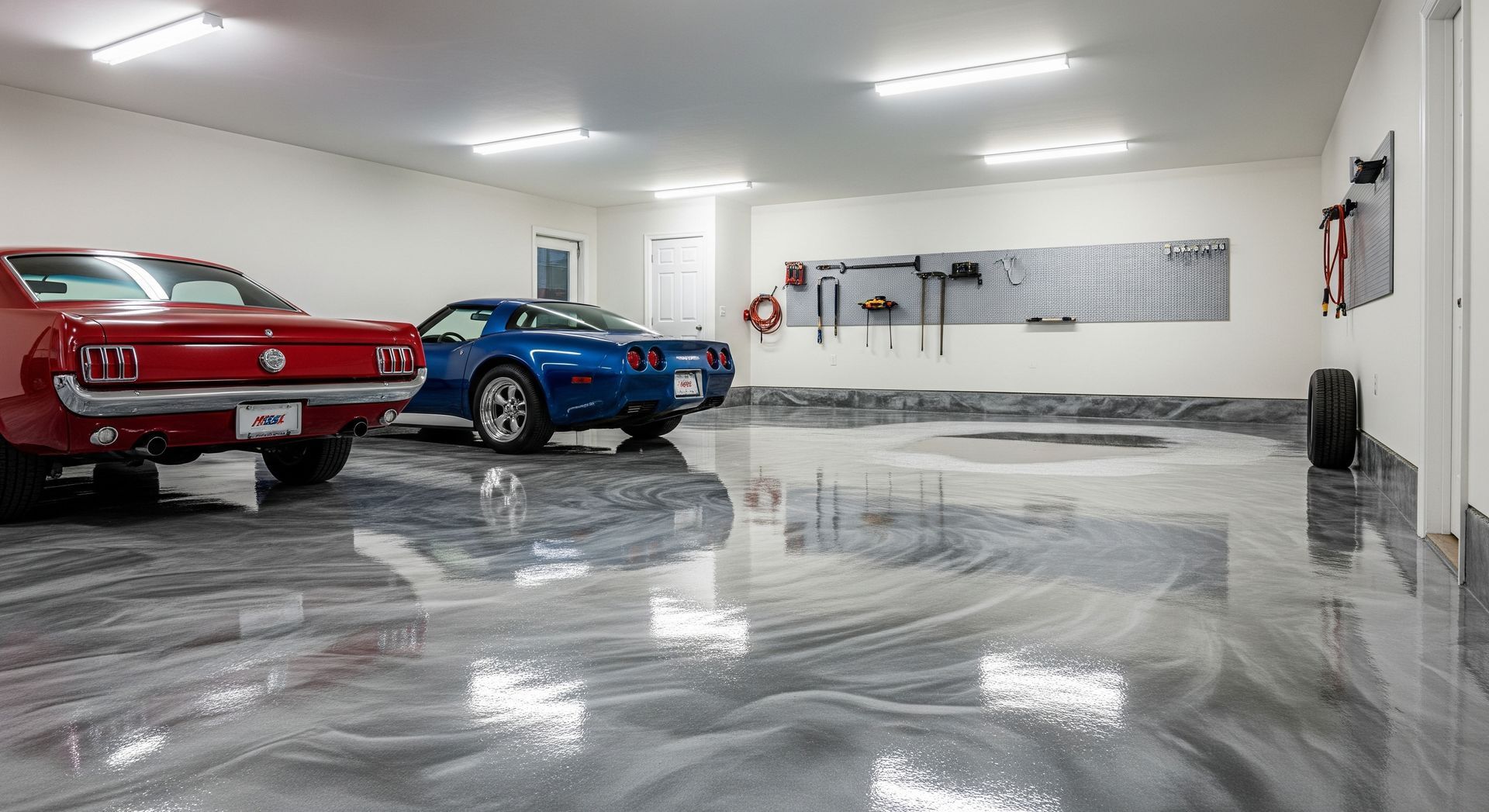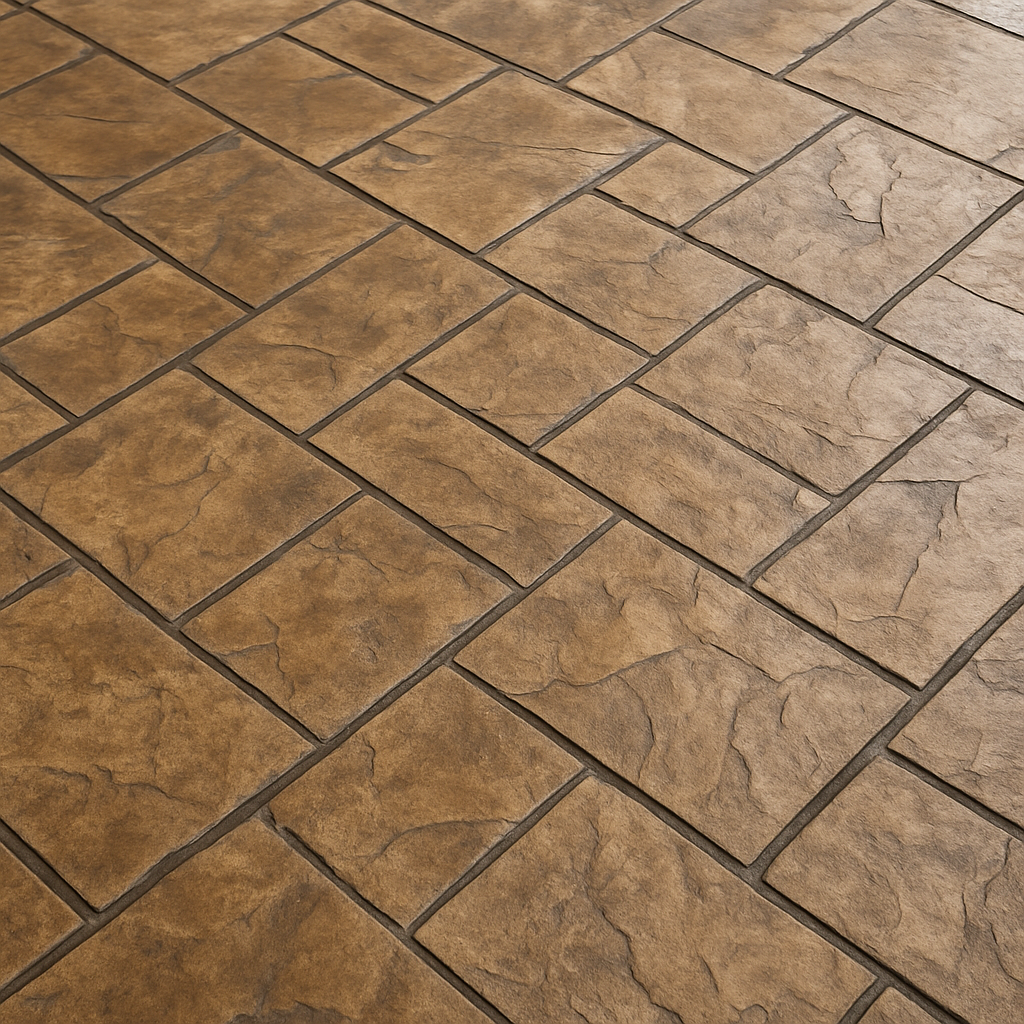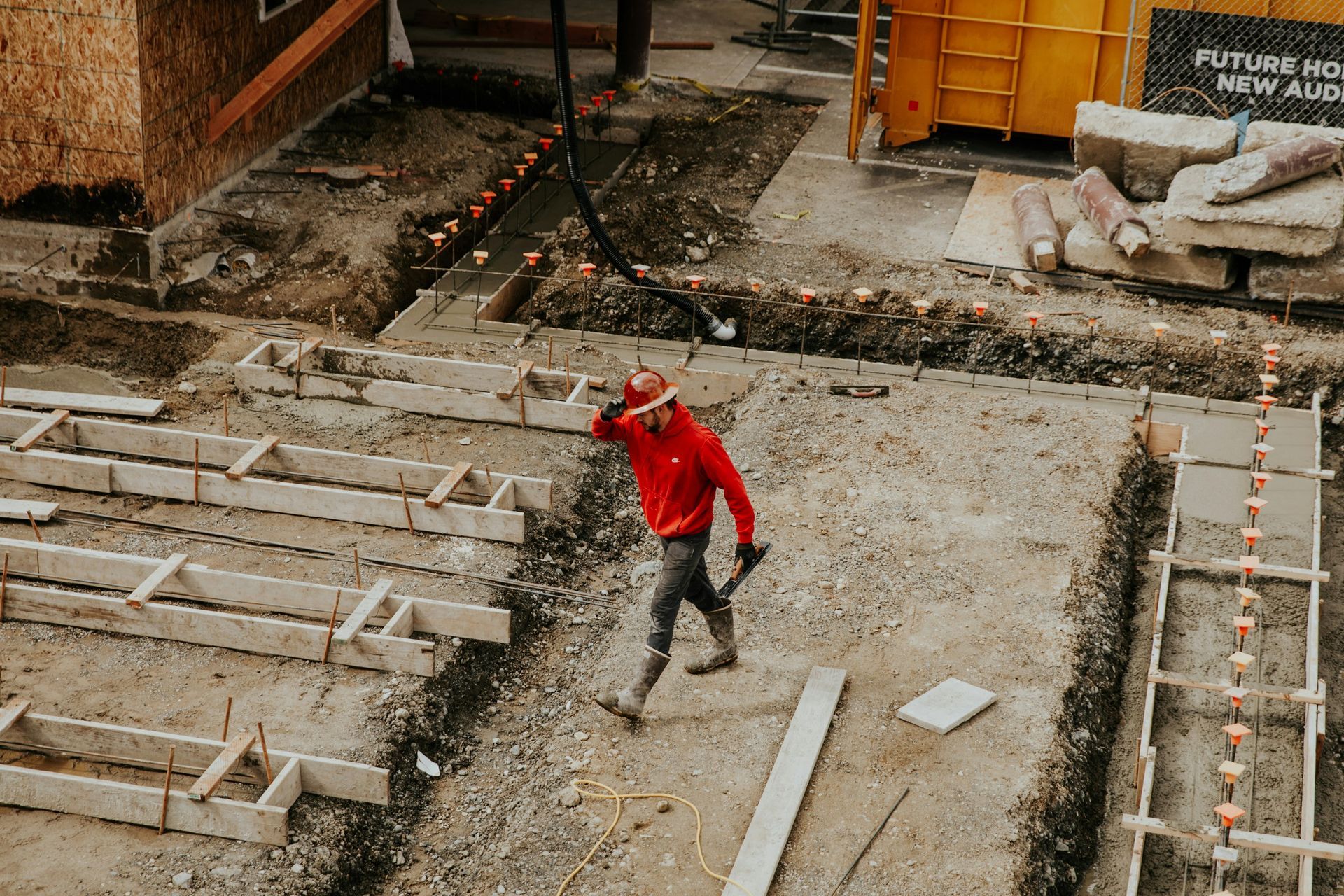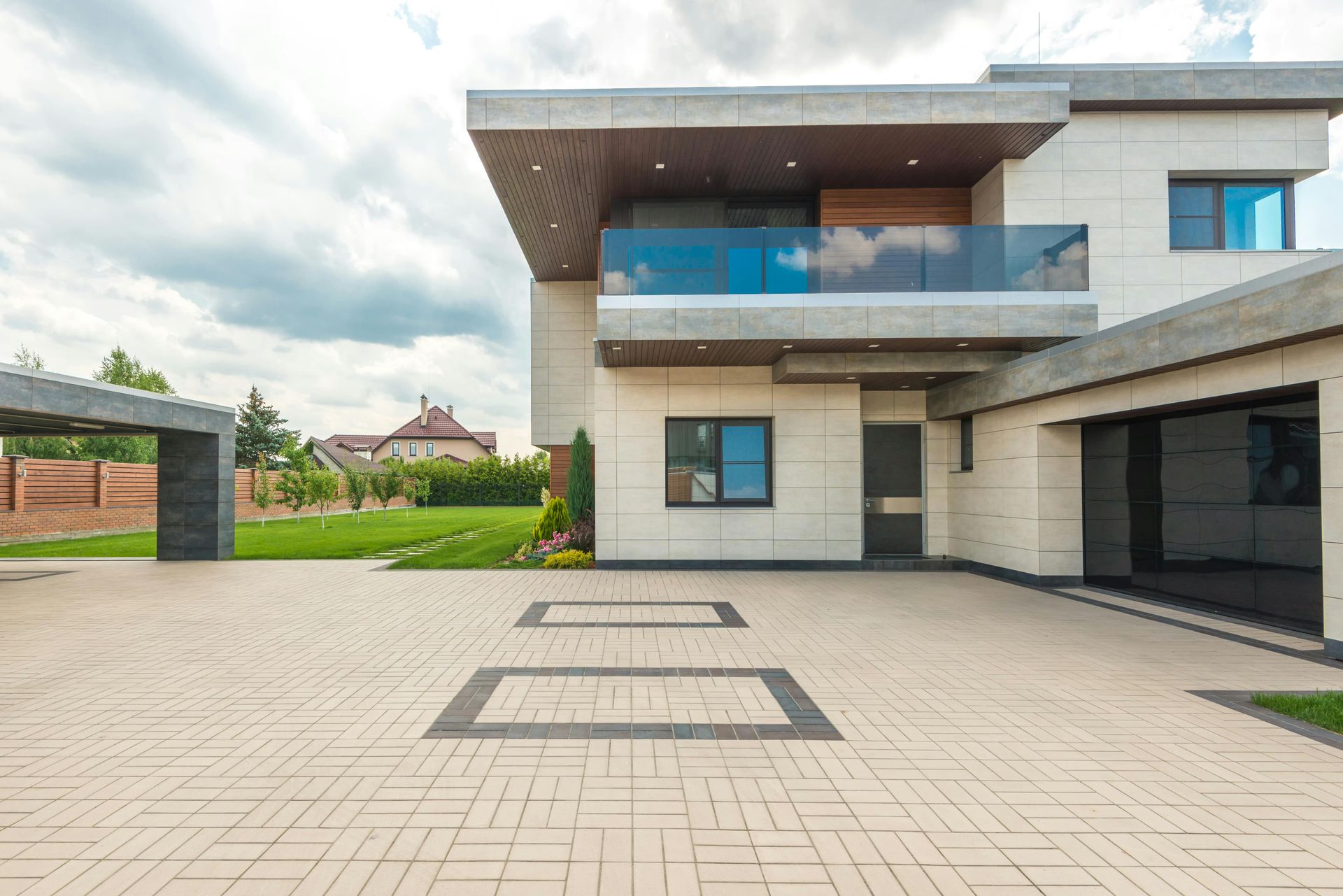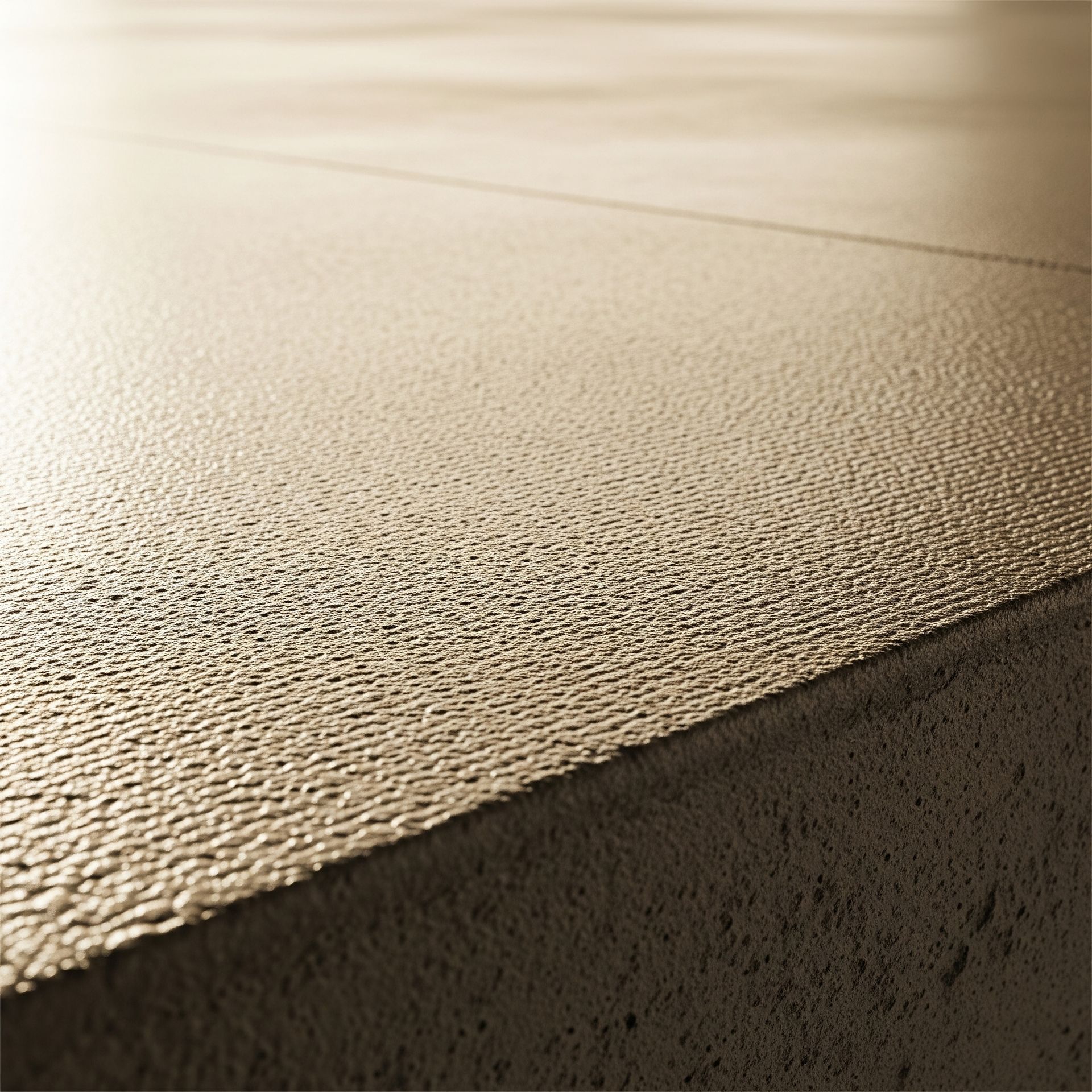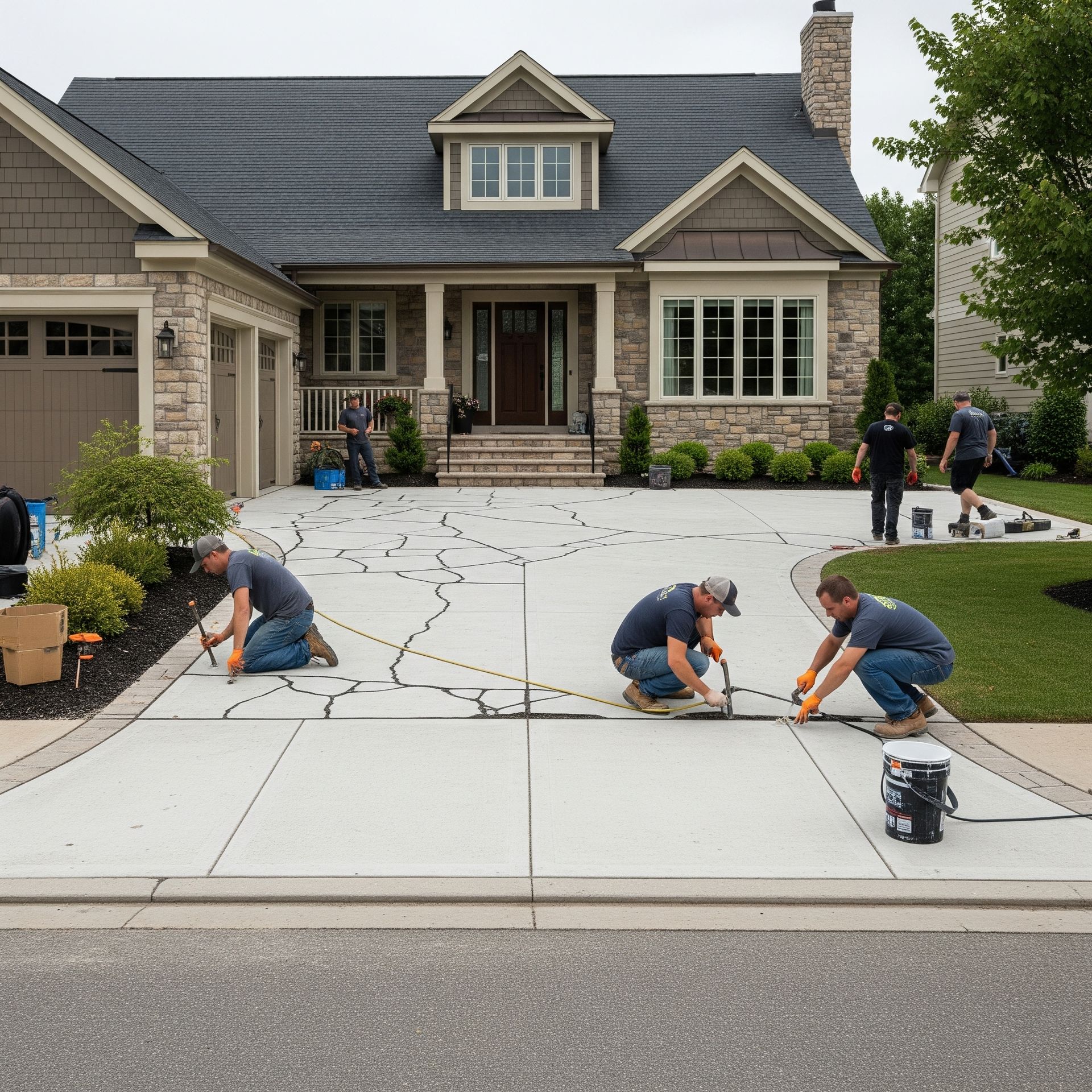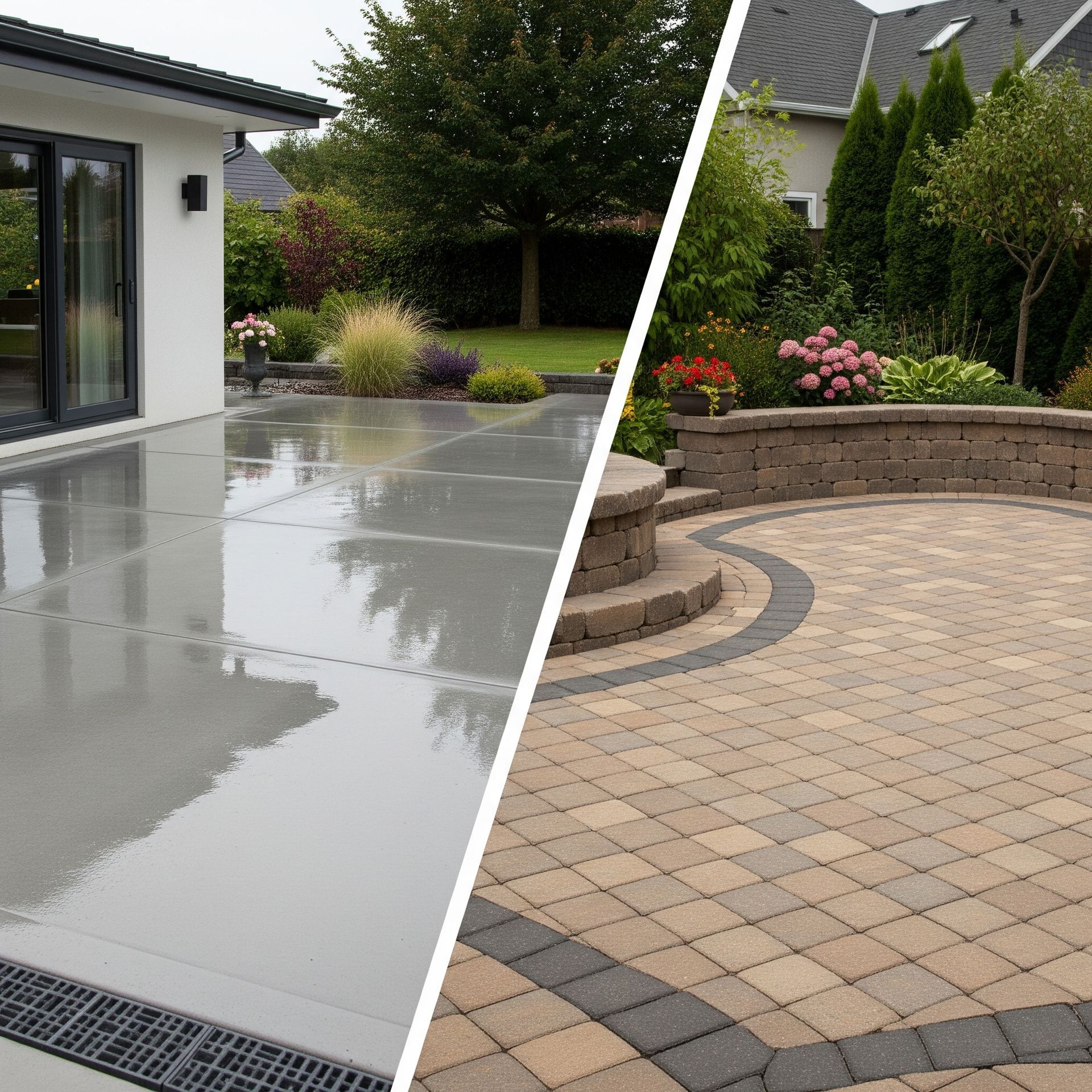Concrete Slab Refinishing: How to Restore and Renew Your Floors
Concrete slabs are built to last, but even the toughest surfaces show signs of wear over time. Heavy traffic, exposure to weather, or everyday use can dull their appearance and lead to surface damage. Instead of replacing the entire slab, concrete slab refinishing offers an effective and affordable way to bring old concrete back to life.
This process not only improves the floor’s appearance but also strengthens its surface, increases durability, and allows for various decorative finishes. Whether it’s a garage, patio, warehouse, or interior floor, refinishing gives your concrete a refreshed and polished look without the expense of a full replacement.
Key Takeaways
- Refinishing concrete slabs restores strength and improves the overall appearance of worn or dull surfaces.
- It’s more
cost-effective than replacement and can extend the life of existing concrete.
- Refinishing options include
staining, polishing, sealing, and resurfacing.
- Regular maintenance helps preserve the finish and prevents cracks or discoloration.
- Professional refinishing delivers longer-lasting results, though DIY options exist for smaller projects.
- Eco-friendly materials and low-VOC sealers are available for sustainable refinishing solutions.
Understanding Concrete Slab Refinishing
Concrete slab refinishing involves cleaning, repairing, and treating an existing concrete surface to restore its appearance and performance. Over time, slabs can become stained, cracked, or rough due to age and environmental factors. Refinishing rejuvenates the surface without removing or replacing the entire slab.
Why Refinishing Instead of Replacing?
Replacing a concrete slab involves demolition, waste disposal, and the installation of new material—all of which take time and money. Refinishing uses the existing base, focusing on improving its top layer. It’s ideal for homeowners or businesses wanting to enhance their flooring without major disruption.
Signs Your Concrete Slab Needs Refinishing
You might not need a new slab, but refinishing could be due if you notice:
- Discoloration or fading from UV exposure or chemical stains
- Cracks or chips on the surface
- Uneven textures caused by wear or erosion
- Dusting where fine particles constantly form on the surface
- Loss of gloss on polished floors
- Visible stains from oil, paint, or spills
When these issues appear, refinishing can help restore a smooth, clean, and visually appealing surface.
Popular Concrete Slab Refinishing Methods
Different refinishing techniques suit various settings, depending on the surface condition, desired look, and budget. Below are some of the most common methods.
| Method | Description | Best For | Benefits |
|---|---|---|---|
| Polishing | Grinding and buffing concrete to achieve a glossy or matte finish | Indoor floors, commercial spaces | Durable, low-maintenance, modern look |
| Staining | Applying acid-based or water-based stains for color | Decorative indoor/outdoor surfaces | Custom colors, natural look |
| Resurfacing | Adding a thin overlay to damaged concrete | Cracked or rough surfaces | Smooth finish, hides imperfections |
| Sealing | Applying a protective coat against stains and moisture | Garages, patios, driveways | Extends life, enhances color |
| Epoxy Coating | Applying a resin-based coating | Industrial floors, garages | Chemical-resistant, strong and glossy |
Step-by-Step Process for Concrete Slab Refinishing
Refinishing a concrete slab is a detailed process. Whether done professionally or as a DIY project, following the right steps ensures long-lasting results.
- Surface Assessment - Inspect the slab for cracks, chips, or moisture issues. Determine the extent of damage to choose the right refinishing method.
- Cleaning and Preparation - Remove dirt, grease, paint, or sealers. Pressure washing or chemical cleaners are often used to ensure a clean surface.
- Repairs - Fill cracks or holes using patching compounds. Uneven areas may need grinding or resurfacing before refinishing begins.
- Application of the Chosen Finish - Depending on the selected method, this may include polishing, staining, applying an overlay, or sealing. Professionals often use mechanical grinders or spray systems for even coverage.
- Curing and Drying - After refinishing, the surface needs time to cure. This ensures that coatings bond properly and provide maximum protection.
- Maintenance - Regular cleaning and resealing (every few years, depending on traffic) help maintain the surface’s durability and shine.
Benefits of Refinishing Concrete Slabs
Refinishing a concrete surface brings both functional and aesthetic benefits.
- Cost-Effective Improvement - It’s more affordable than a full replacement, saving on materials and labor while still providing a brand-new look.
- Enhanced Durability - A refinished surface is better protected against moisture, chemicals, and heavy wear, extending the slab’s lifespan.
- Versatile Design Options - Concrete can be refinished with a variety of stains, colors, and textures—allowing you to mimic stone, marble, or tile appearances.
- Environmentally Friendly - Reusing existing concrete reduces waste and limits the need for new raw materials, making refinishing an eco-friendly choice.
- Easy Maintenance - Refinished floors are smoother and easier to clean, requiring only mild detergents and occasional resealing.
Applications of Concrete Slab Refinishing
Concrete refinishing is versatile and suitable for both residential and commercial projects:
- Homes: Garages, basements, patios, driveways, and interior floors
- Businesses: Retail spaces, offices, and showrooms
- Industrial: Warehouses, manufacturing plants, and parking lots
- Outdoor Areas: Pool decks, sidewalks, and courtyards
Each setting benefits from the improved strength and visual appeal refinishing provides.
Maintaining a Refinished Concrete Slab
To keep your refinished concrete looking its best, consistent care is essential. Follow these maintenance practices:
- Clean regularly using a soft mop or broom to remove debris
- Avoid harsh chemicals that can damage the finish
- Reapply sealers every few years to protect against stains and moisture
- Place mats or rugs in high-traffic areas to reduce surface wear
- Address spills promptly to prevent discoloration
With proper maintenance, refinished concrete can last for decades while maintaining its shine and texture.
Common Mistakes to Avoid During Refinishing
Even small oversights can affect the final result. Avoid these errors for the best outcome:
- Skipping surface prep – Dirt and grease prevent coatings from adhering properly
- Applying too thick a layer – Overlays should be even and thin for a smooth finish
- Ignoring cracks – Small cracks can worsen if not repaired first
- Not allowing adequate drying time – Curing is essential for durability
- Using the wrong products – Choose compatible sealers or stains for concrete surfaces
Hiring an experienced professional can help avoid these pitfalls, especially for large or decorative projects.
Environmental and Safety Considerations
Modern refinishing materials are designed to be safer and more sustainable. Many sealers and coatings are low-VOC (volatile organic compound), meaning they emit fewer pollutants. Choosing eco-friendly options reduces indoor air pollution and helps preserve environmental quality.
Dust control systems and protective gear (masks, goggles, gloves) are also recommended during surface preparation and application to ensure safety.
Frequently Asked Questions
How long does concrete slab refinishing last?
With proper maintenance, refinished concrete can last anywhere from 10 to 20 years, depending on foot traffic and environmental conditions.
Can I refinish concrete slabs myself?
DIY refinishing is possible for small projects, but professional refinishing ensures better surface preparation, longer durability, and a more consistent finish.
How soon can I use the area after refinishing?
It typically takes 24 to 48 hours before light foot traffic is safe. For heavier use or vehicles, wait at least 72 hours for full curing.
Will refinishing fix deep cracks in concrete?
Refinishing can repair minor cracks and surface flaws. Deep structural cracks, however, may require additional repair or partial replacement before refinishing.
What’s the difference between resurfacing and refinishing?
Refinishing focuses on restoring the appearance and protective coating of the surface. Resurfacing involves adding a new thin layer of concrete or overlay to cover deeper damage.
Final Thoughts
Concrete slab refinishing is an efficient way to extend the life of your floors and refresh their appearance. From homes to commercial settings, refinishing provides a durable, attractive, and cost-effective solution. Whether you prefer a polished, stained, or coated finish, maintaining your slab through refinishing enhances both form and function.
By taking the time to prepare, repair, and seal your surface properly, you’ll enjoy years of durability and style—without the need for complete replacement.

